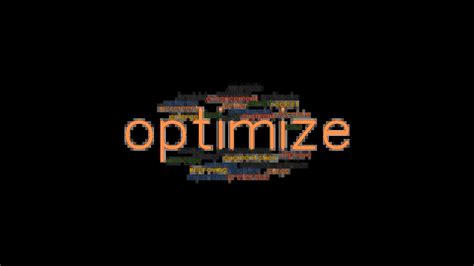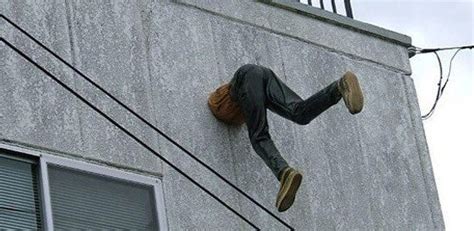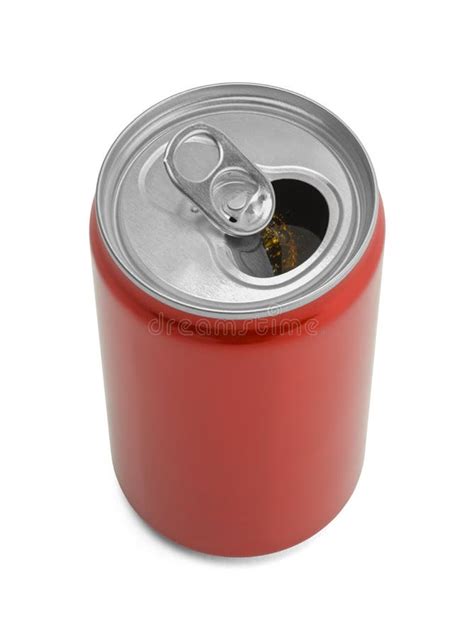How to break training plateaus for continuous strength & performance gains?

Every dedicated fitness enthusiast eventually encounters a frustrating wall: the training plateau. This is the point where your usual workouts stop yielding improvements in strength, endurance, or muscle gain. It’s a natural part of the fitness journey, but it can be disheartening. The good news is that plateaus are not roadblocks but rather signals that it’s time to adapt your approach. Breaking through them requires strategic adjustments, a holistic understanding of your body, and unwavering commitment. Let’s explore proven methods to reignite your progress and achieve continuous gains.

Understanding the Plateau: Why Progress Stalls
Initially, your body adapts quickly to new stresses, leading to rapid improvements. However, as it becomes more efficient, the same stimuli no longer trigger the same growth responses. This is where the principle of progressive overload, while crucial, can become a victim of its own success if not varied. Stagnation can stem from several factors: insufficient recovery, nutritional deficits, repetitive training routines, mental fatigue, or simply reaching a temporary ceiling with your current methods.
Strategic Training Adjustments to Reignite Progress
Varying Training Variables
One of the most effective ways to shock your body back into growth is to manipulate variables beyond simply adding weight. Consider:
- Rep Ranges & Set Schemes: Instead of always 3 sets of 10, try 5×5 for strength, 3×15-20 for endurance, or pyramid sets.
- Tempo: Slow down the eccentric (lowering) phase to increase time under tension, or incorporate pauses at the bottom of lifts.
- Rest Intervals: Shorten rest times for metabolic stress or lengthen them for maximal strength efforts.
- Exercise Selection: Swap out primary exercises for close variations (e.g., barbell back squats for front squats or pause squats) to challenge muscles differently and address potential weaknesses.

Implementing Periodization and Deloading
Periodization involves structuring your training into distinct phases, each with a specific goal (e.g., hypertrophy, strength, power). This cyclical approach prevents adaptation and allows for planned progression. For instance, you might spend several weeks focusing on higher volume (hypertrophy), followed by a phase of lower volume but higher intensity (strength).
Deloading is a critical, often overlooked, strategy. A deload week involves significantly reducing your training volume and/or intensity (e.g., 50-60% of usual). This allows your central nervous system, muscles, and connective tissues to fully recover and rebuild, preparing them for a renewed assault on heavier loads or higher volumes. It’s not a step back; it’s a strategic step forward.

Optimizing Recovery and Nutrition: The Unsung Heroes
Your body doesn’t get stronger in the gym; it gets stronger during recovery. Neglecting these aspects can be the primary reason for a plateau.
Sleep and Stress Management
Aim for 7-9 hours of quality sleep per night. During sleep, your body repairs muscle tissue and releases growth hormones. Chronic stress, both physical and mental, elevates cortisol levels, which can hinder recovery and muscle growth. Incorporate stress-reducing activities like meditation, yoga, or spending time in nature.
Hydration and Macronutrient Intake
Proper hydration is vital for every bodily function, including nutrient transport and joint health. Ensure you’re drinking plenty of water throughout the day. Your diet must support your training demands. Adequate protein intake (e.g., 1.6-2.2g per kg of body weight) is essential for muscle repair and growth. Complex carbohydrates fuel your workouts and replenish glycogen stores, while healthy fats support hormone production.

Mindset and Consistency: The Long Game
Breaking plateaus also demands mental fortitude and a consistent approach.
- Track Your Progress: Keep a detailed training log. Seeing tangible evidence of even small improvements (more reps, slightly heavier weight, better form) can be incredibly motivating.
- Set New Goals: Once you hit a plateau, reassess your goals. Perhaps it’s time to aim for a new strength benchmark, improve your endurance, or master a new exercise.
- Patience and Adaptability: Progress isn’t linear. There will be ups and downs. Be patient, analyze what’s working (and what’s not), and be willing to adapt your strategy.

Conclusion
Training plateaus are inevitable, but they are also surmountable. By strategically manipulating your training variables, incorporating periodization and deloading, prioritizing optimal recovery and nutrition, and maintaining a resilient mindset, you can consistently break through these barriers. Embrace plateaus as opportunities for growth and refinement, and your strength and performance gains will continue to soar.







